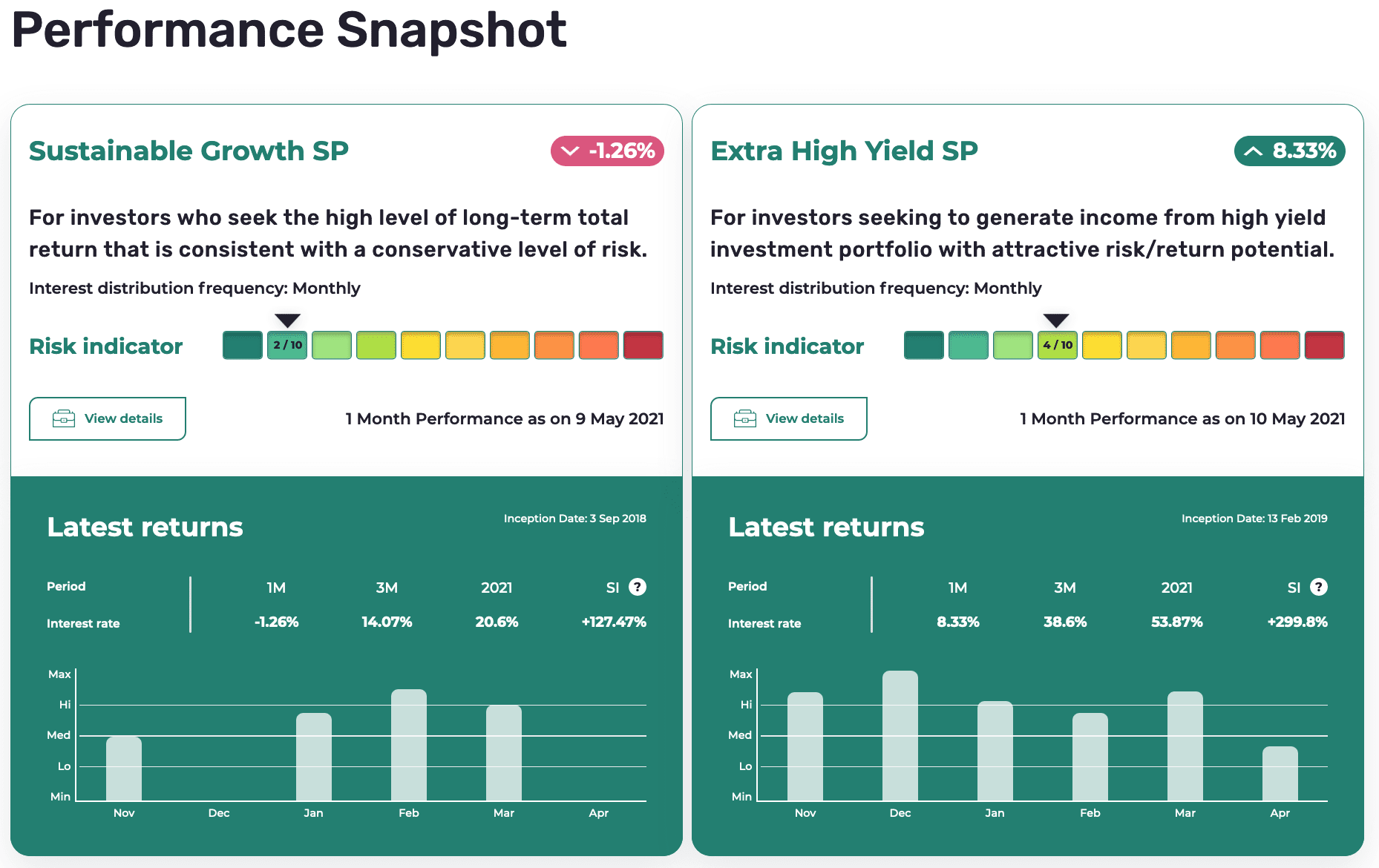
Creating an investment portfolio allows an investor to save and increase their funds effectively. However, to achieve the maximum effect, you must follow several principles for not only creating but managing your portfolio. For example, many people have heard about the need for diversification and risk management. But how can you do it correctly? In this article, we will discuss all the main principles of forming a balanced investment portfolio and the subtleties of managing it.
Any investment portfolio consists of three main stages:
- Selecting the company is the initial stage of forming any portfolio, and this stage should never stop. Investors continually have to monitor companies and how they deal in the market. For example, Enron was one of the biggest companies in the USA, with 22,000 employees. In 2000 it claimed $111 billion in revenue but filed for bankruptcy in 2001. If an investor does not keep an eye on the companies he invests in, he might lose thousands.
- Investing portfolio management: this is an acquisition of securities with accompanying fundamental and technical factors. An investor does not have to follow the rules of investment that he had learned from books. Yes, it is fundamental, yet the world is unpredictable. Portfolio management must be combined with these two factors. Based on the present world situation, the investor has to know how to reallocate his active investments. Portfolio management is the constant replacement of some elements of the portfolio with others in order to maximize returns and minimize risk.
- After investors form their portfolios, the question of how to balance them rationally and profitably will rise.
Investment Portfolio Strategies for Creating a Well-Balanced Portfolio
There are five main strategies for setting a balanced portfolio, which are:
- Set investment goals
- Audit the effectiveness of the portfolio
- Understand the risk tolerance
- Rebalance the portfolio (if needed)
- Check and monitor by using the best portfolio investment software
These five main strategies will help you to build the best investment portfolio.
Setting Investment Goals
It is clear that the investment goals of a student and a mid-40s married couple are different. Yes, both want to increase profit, but the method chosen and how to use this money are different. Due to the minimum balance available, students might choose ETF, while a professional worker would choose mutual funds.
Indeed, some students might have huge savings, while a man in his 50s does not. Each individual is different, and that is why it is so important to set an investment goal individually first. Some strategies that worked for one person might not work on you because of risk tolerance.
Our suggestion is to make an Excel balance sheet, in which you list all the assets you have and the stocks you want to invest in.
HINT: Constantly update your balance sheet. It will help you to see the results of your investment, the balance you have started from, and your current assets.
Audit the Effectiveness of the Investment Portfolio
The investment portfolio should be regularly reviewed, as the market for financial instruments is very dynamic. The assets included in an effective investment portfolio must meet the changing economic situation and investment goals, as well as take into account changes in the quality of individual securities. Depending on the portfolio and the specifics of the investment, it can be carried out even on a daily basis.
Understand the Risk Tolerance
Before investing anywhere, an investor should evaluate:
- The possibility of occurrence and the size of potential risk for investment;
- The causes that contribute to the emergence of risk;
- Ways to reduce the probability of financial losses.
In any case, investment risks are the responsibility of the investor. The general rule of investment is that the less risk an investor is willing to take, the lower their potential return will be. But this rule often leads to incorrect conclusions that if you want to earn a lot, you need to take a big risk. This is an erroneous statement that has ruined many investors by depriving them of money. A very important factor to consider when investing is time and compound interest. These two ingredients turn small capitals into huge ones. On the principle of “investment + time + compound interest,” Warren Buffett grew his fortune from 25 cents to billions of dollars.
HINT: do not invest in high-risk projects if you can’t deal with stress and risks. Your health is more important. Try to invest comfortably according to your risk tolerance.
Rebalance Portfolio
As aforementioned, even if the company is showing constant growth, you must check research reports and analyst feedbacks and reviews of specific companies. But, even famous accountants can lie; a great example is Arthur Andersen, who covered up Enron’s fraud, resulting in 85,000 people being unemployed when the public found out.
Always make calculations and do the research by yourself too.
Keeping the stock for decades can be useful but risky. Moreover, always check the tax that needs to be paid for keeping the same stock.
Check and Monitor the Best Portfolio Investment Software
A couple of years ago, investors had to wait for a month for the company’s account tables. Any investments were hard to observe. Luckily, the era of FinTech opened new opportunities for us. We can choose the platform for investment among a thousand apps. Choosing an investment portfolio app might not be easy. An investor has to choose the platform where he will be comfortable to use, easy and without hidden fees.
Some platforms might even offer free brokers fees or free consultation; do not fall for each marketing trick that you see. A professional broker will not work for free, even if it is online. We suggest checking the Einvestment platform, as it is recognized in the market and has a highly professional investment team.
Conclusion
Strategies for forming a balanced investment portfolio may differ in their risks and the minimum amount to be invested. But each of them will be based on the form of the principles that we have mentioned: if you invest, you will one day rebalance portfolio or change the investment platform. At the same time, the investor must constantly analyze financial instruments and market trends and make active actions not too often, but deliberately.

















